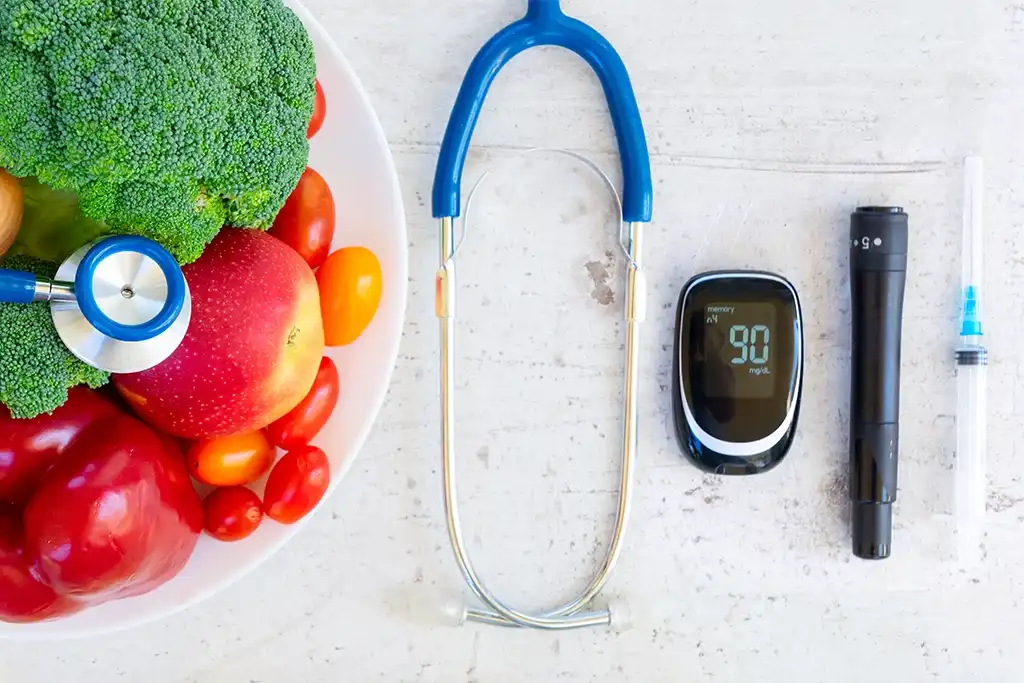Insulin Resistance. The human body is a complex system that functions through a series of interconnected neural, hormonal, and vascular pathways. Hormones play an incredibly important role in every one of these functions, and they’re called chemical messengers because they signal your body what to do.
Insulin is one of these important hormones, and when its production and release don’t go according to plan, it can result in a series of severe consequences that can be detrimental to your overall health and longevity. What is insulin resistance and how to prevent it? Here’s what you should know.
What is Insulin?
Insulin is a hormone released by the pancreas when glucose is present in your bloodstream. Its role is to transport glucose to the cells in your body that need it to convert it into energy. If there is more glucose than your cells need, insulin helps transport it into storage for future needs.
When your body doesn’t produce enough insulin, glucose can’t get transported to your cells and instead, builds up in the bloodstream, causing hyperglycemia. This condition can cause chronic inflammation, toxin buildup, and even diabetic coma.




